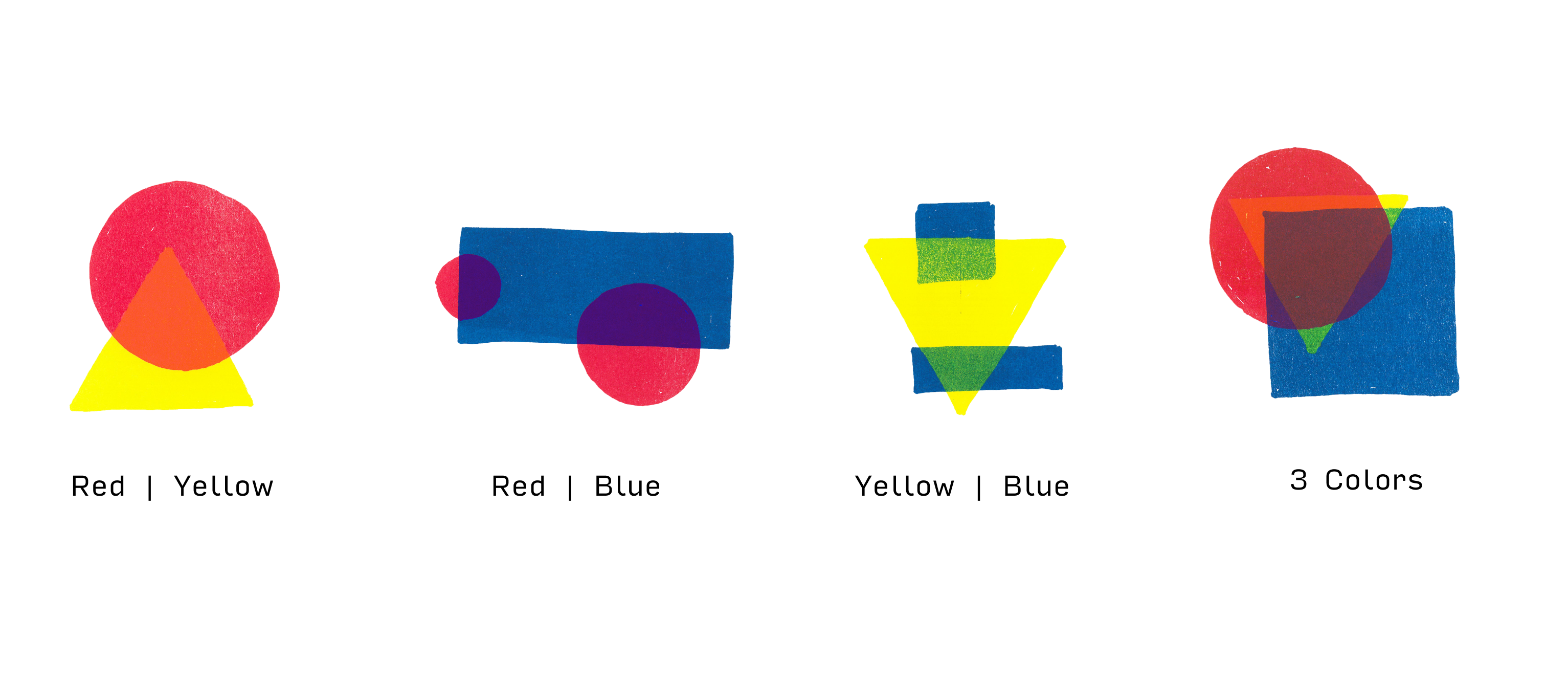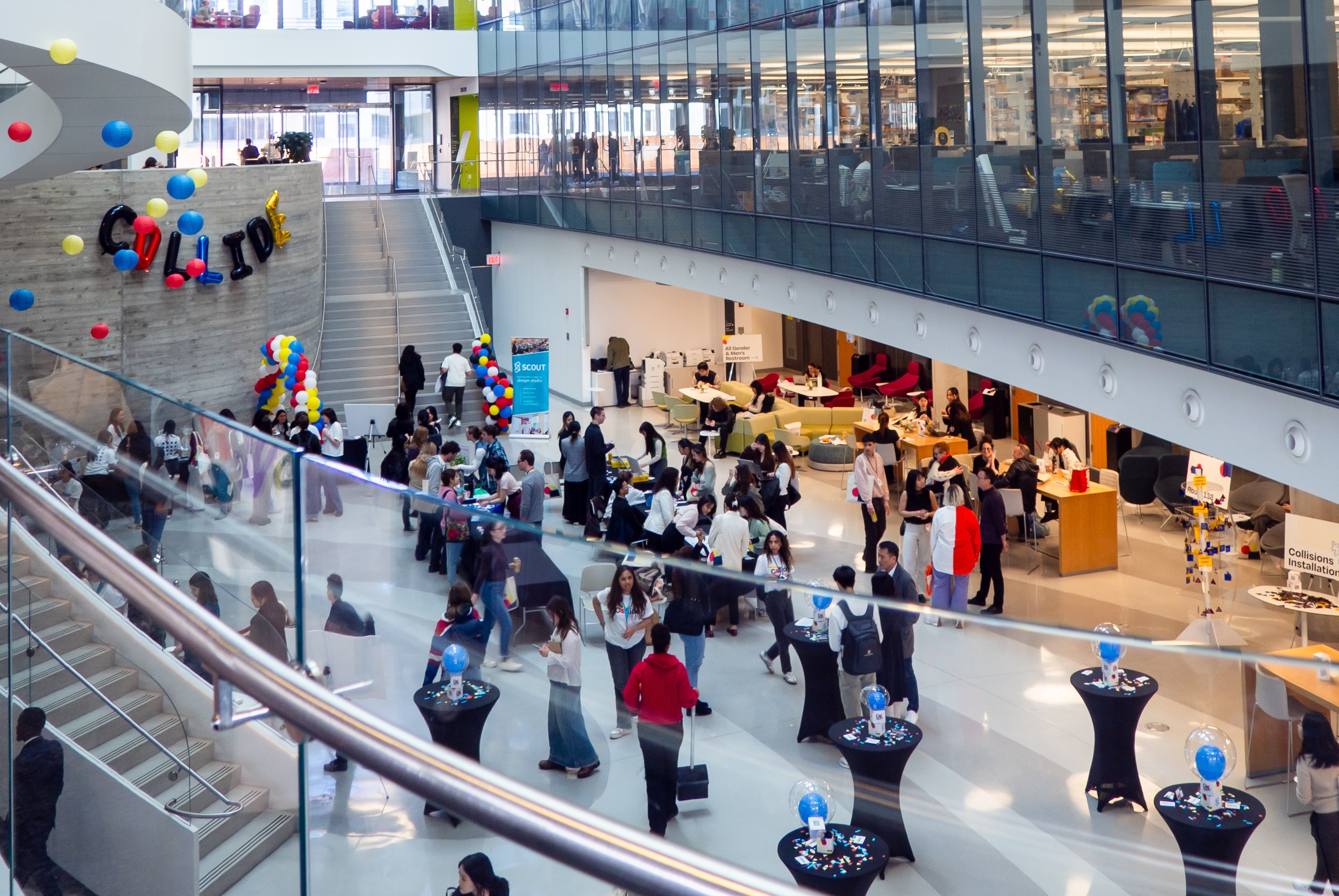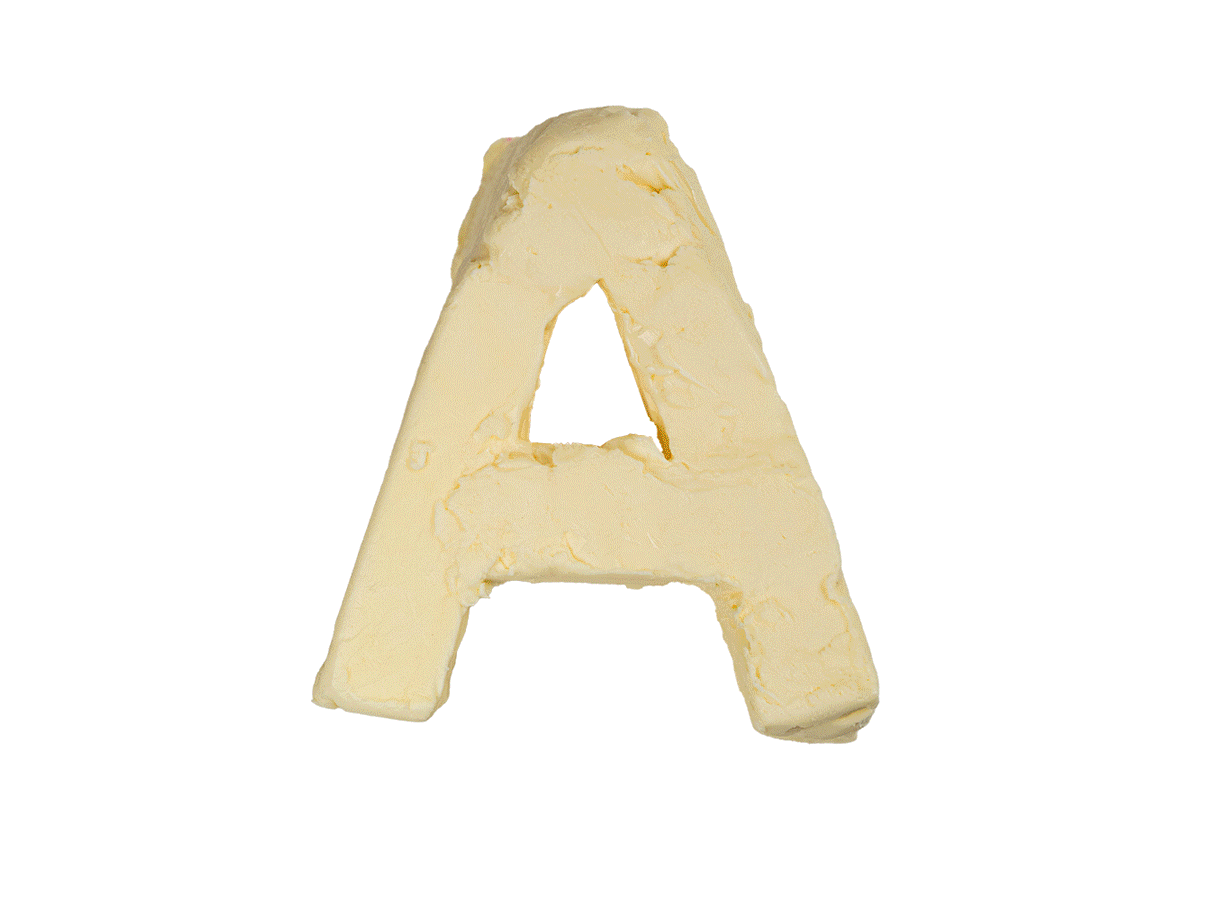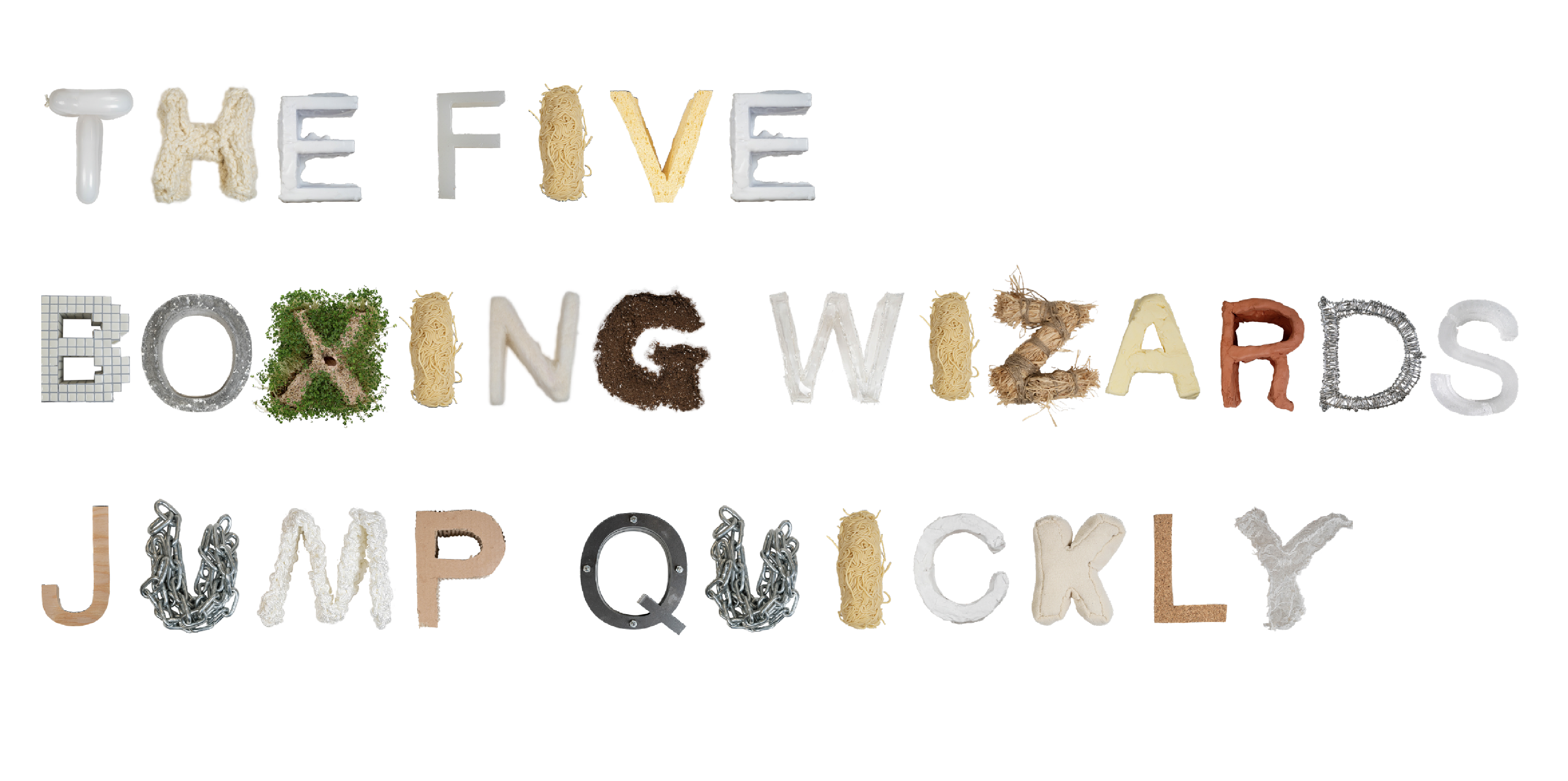The conference is organized around three thought-provoking tracks. Through the theme of collide the goal was to explore
a multidisciplinary, multimedia, and collaborative approach to design.
I worked alongside members of the design team to create this identity and all of the applications for the event.

Museum Island
2024
Team
Adeline Park, Conference Director
Livia Lemgruber, Design Lead
Annie Wolfond, Designer
Jamie Tishkoff, Designer
Nicole Miller, Designer
Livia Lemgruber, Design Lead
Annie Wolfond, Designer
Jamie Tishkoff, Designer
Nicole Miller, Designer
Identity system for the UNESCO world heritage site, Museum Island.

The Brief
Create a visual identity that represents the theme of Interventions: Collide
First Steps
The Identity
Shape Elements
We created three base shape pages and used risograph printing to create variations of combinations and overlaps.
Then, we digitized the shapes and created
a library of shape combinations for use.
Then, we digitized the shapes and created
a library of shape combinations for use.


Logo Variations



Website
We created a sitemap and began with paper sketches, then lo-fi and hi-fi wireframes. Throughout this process, we worked closely with the developers to make the website come to life.

Marketing Materials
We created series of posters which
were distributed around the city to market the event.
We wanted to emphasize how the multi-media elements collide with the real life environment. So, we created a human-sized poster. We used sewing machines to create stitch lines in the paper, sewed on fabric straps and a clear acrylic pocket. We then took this poster-bag around the city and photographed it in real-life environments.
were distributed around the city to market the event.
We wanted to emphasize how the multi-media elements collide with the real life environment. So, we created a human-sized poster. We used sewing machines to create stitch lines in the paper, sewed on fabric straps and a clear acrylic pocket. We then took this poster-bag around the city and photographed it in real-life environments.

Tote Bags, Badges, and Swag
We applied the brand to create several items to be given out in a swag kit for attendees of the conference.
For the tote bags we collected second-hand denim which we used to create pockets for each tote bag. These pockets were then all hand stitched by our team.
For the tote bags we collected second-hand denim which we used to create pockets for each tote bag. These pockets were then all hand stitched by our team.





Event Program and Wayfinding
We divided the events in the schedule into three categories based on the participants' role in each. These types are represented on the schedule with three distinct icons. Additionally events are marked to indicate their corresponding track.


























































































































